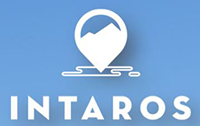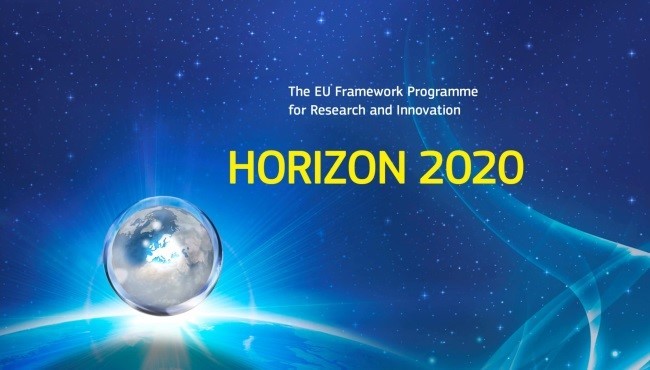Summary for policy makers
Primary tabs
This report is presents examples of how INTAROS has contributed to several of EU’s Arctic policy goals, in particular to promote science, research and innovation, contribute to safety and support people living and working in the Arctic. The report also links project results to the UN Sustainable Development Goals.
INTAROS has demonstrated how an integrated Arctic observation system is built on many observing sensors and platforms. For land-based observations, a number of in situ systems are installed and operated at research stations and temporary camps around the Arctic. For ocean-based observations, there is a difference between ice-free and ice-covered areas. In ice-free areas of the sub-Arctic regions, ships, floats, gliders, moorings, and various surface platforms are commonly used. However, several of the platforms, such as floats, gliders, and sail-buoys, have limited capability to operate in the presence of sea ice. In ice-covered areas it is required to use icebreakers for deployment and recovery of ice-based platforms and underwater moorings. These operations are much more complex and time demanding than using observing systems in open ocean.
The data value-chain ranges from raw data produced by sensors and instruments to higher-level information products. The in situ data is the basis for scientific analysis, as well as development and validation of models and remote sensing algorithms. Community-Based Monitoring (CBM) systems are complementary to scientific observing system, where data are collected by local communities to support their requirements for information about climate change, natural resources, and other topics.
Development of an integrated Arctic observation system requires that data management and data sharing within and between disciplines can function. This is a challenge due to the heterogeneity and complexity of observational data collected in various geoscience and bioscience disciplines. With development of new instruments and platforms, the amount of environmental data collected is expected to increase year by year. INTAROS has improved the data accessibility from a large number of distributed observing systems and to contributed to improve data management and data sharing systems.
The results from the project have been published in numerous deliverables, scientific publications and other dissemination channels (http://intaros.eu, http://intaros.nersc.no ).
Key Messages for Policy Makers
Key Message #1: Arctic observation must continue and be extended without harming the environment.
Call for Action: Improve the support for integrated, multidisciplinary Arctic observation through funding for and policy allowing for long-term observing programmes and infrastructure with minimum impact on the vulnerable environment.
Key Message #2: Arctic observation must strive for excellent data sets.
Call for Action: Increase the efforts and support to provide scientific quality data sets that are needed for building knowledge about the Arctic environment.
Key Message #3: Collaboration is essential for developing and operating Arctic observing systems.
Call for Action: Greater support for cooperation and collaboration between data providers, data managers, across regional, national and international scales, to ensure interoperability and standardized methodologies for data gathering, transfer, treatment, storage and retrieval.
Key Message #4: Capacity building is important for engaging various Arctic communities in planning and implementation of observing systems, including management of the data.
Call for Action: Support capacity building in various communities to be engaged in developing sustainable observing systems. This should include local communities as well as relevant actors from public and the private sectors.
Key Message #5: Building sustained observations for creating new knowledge is important for sustainable development in the Arctic.
Call for Action: Create informed international policies and protocols to protect and exploit newly accessible areas of the Arctic and secure sustainable development in the region.



